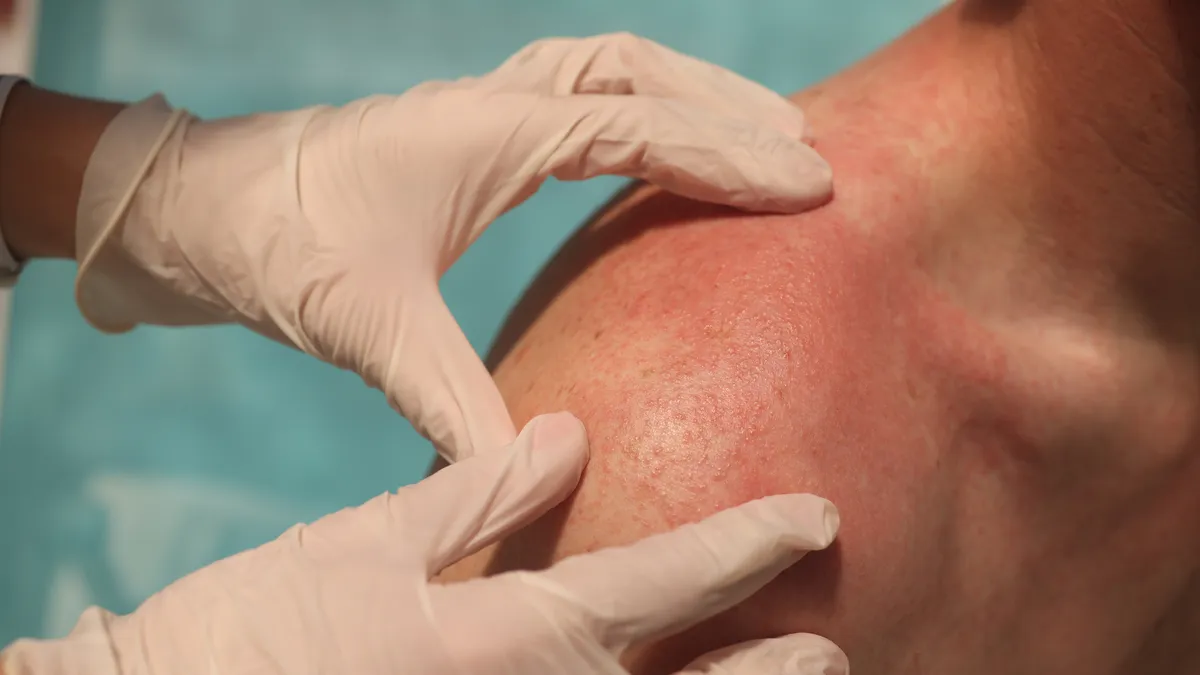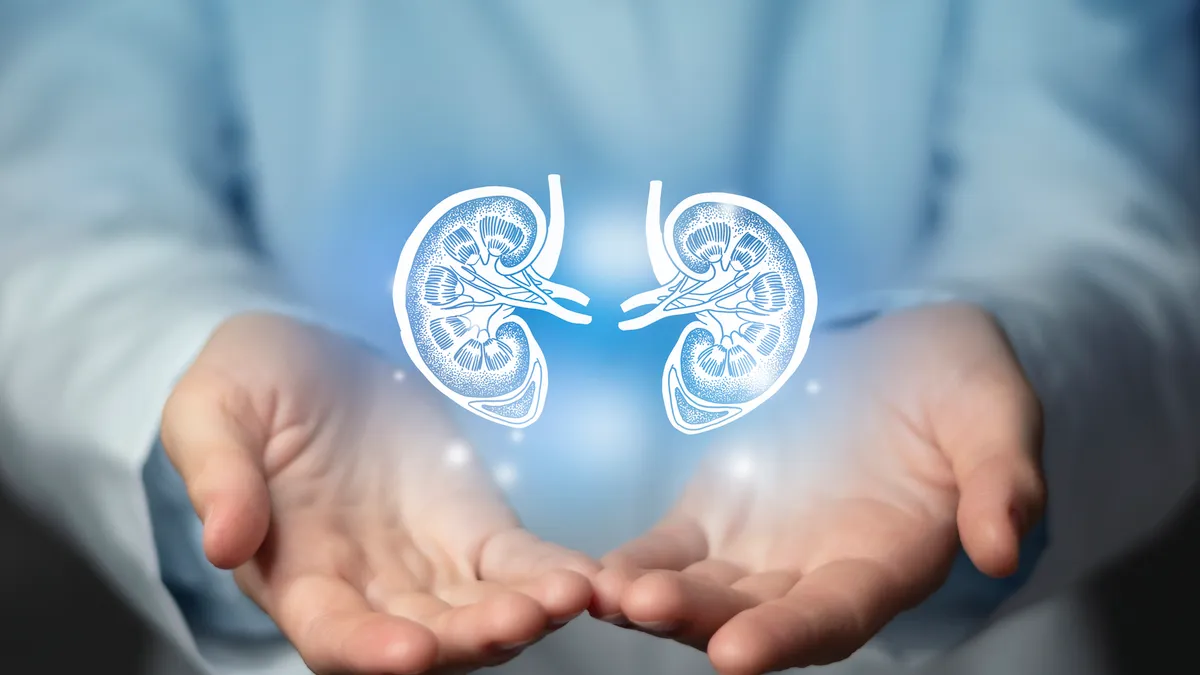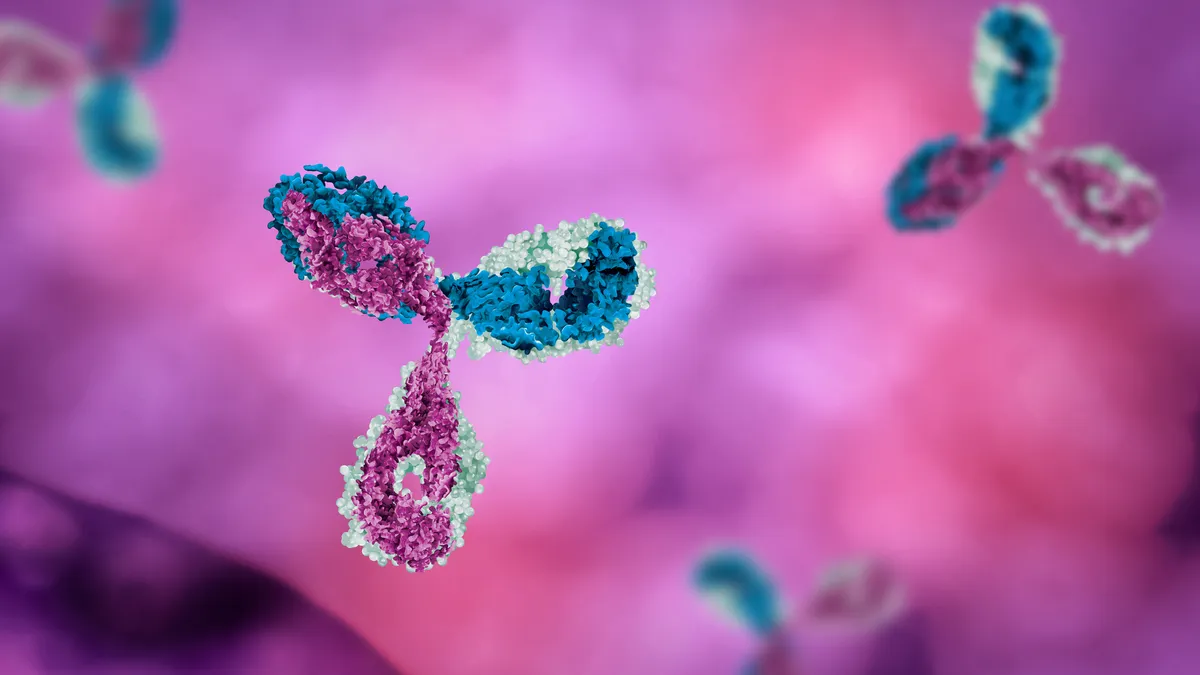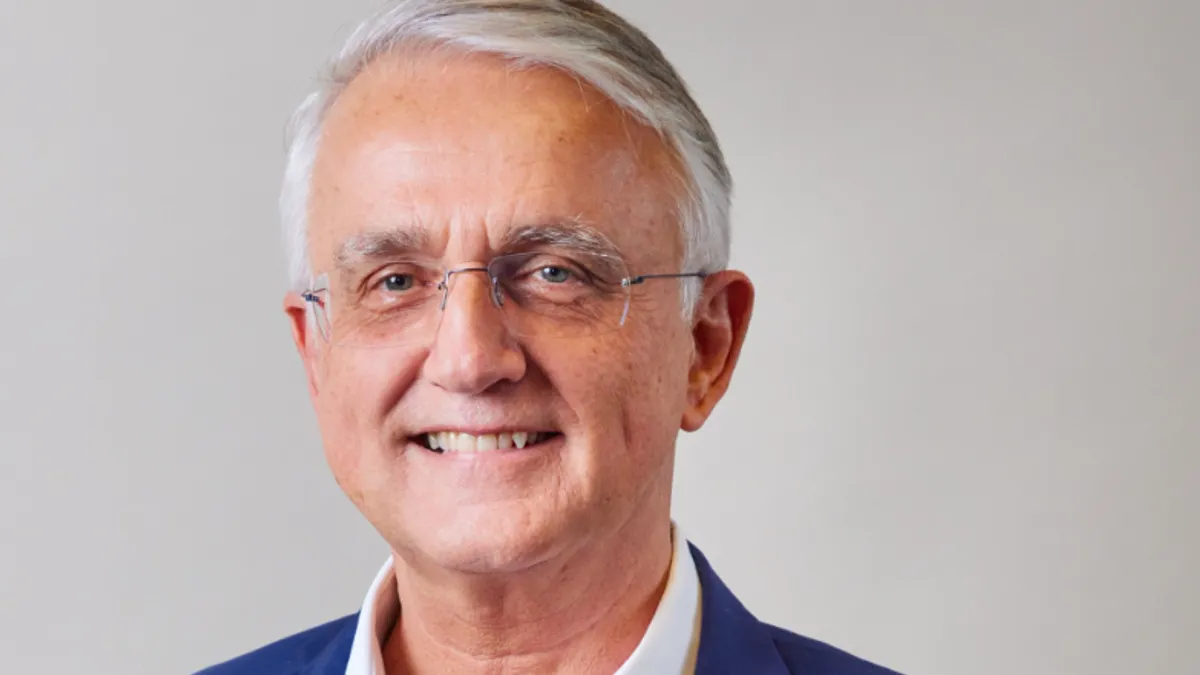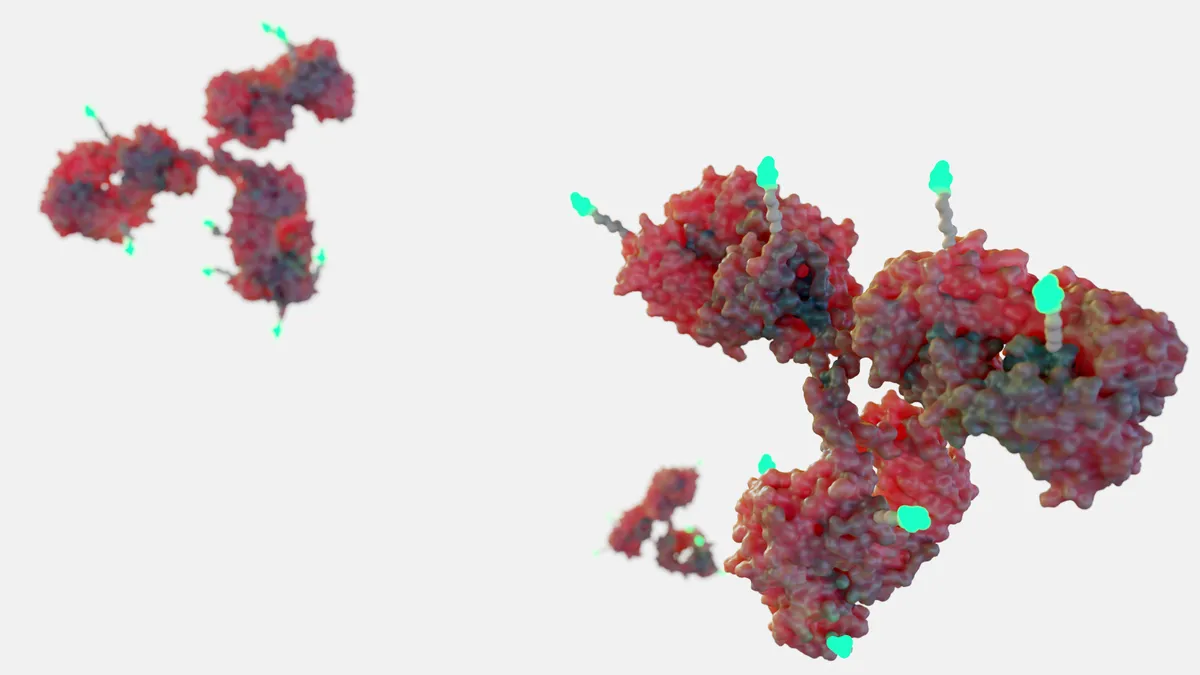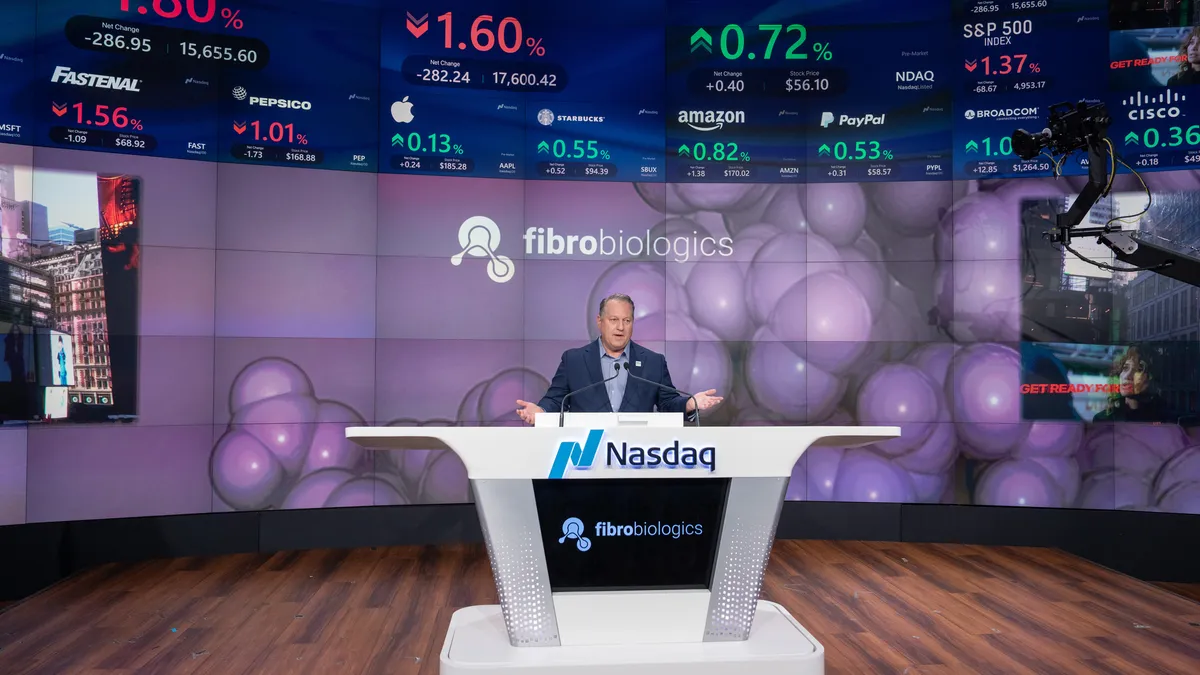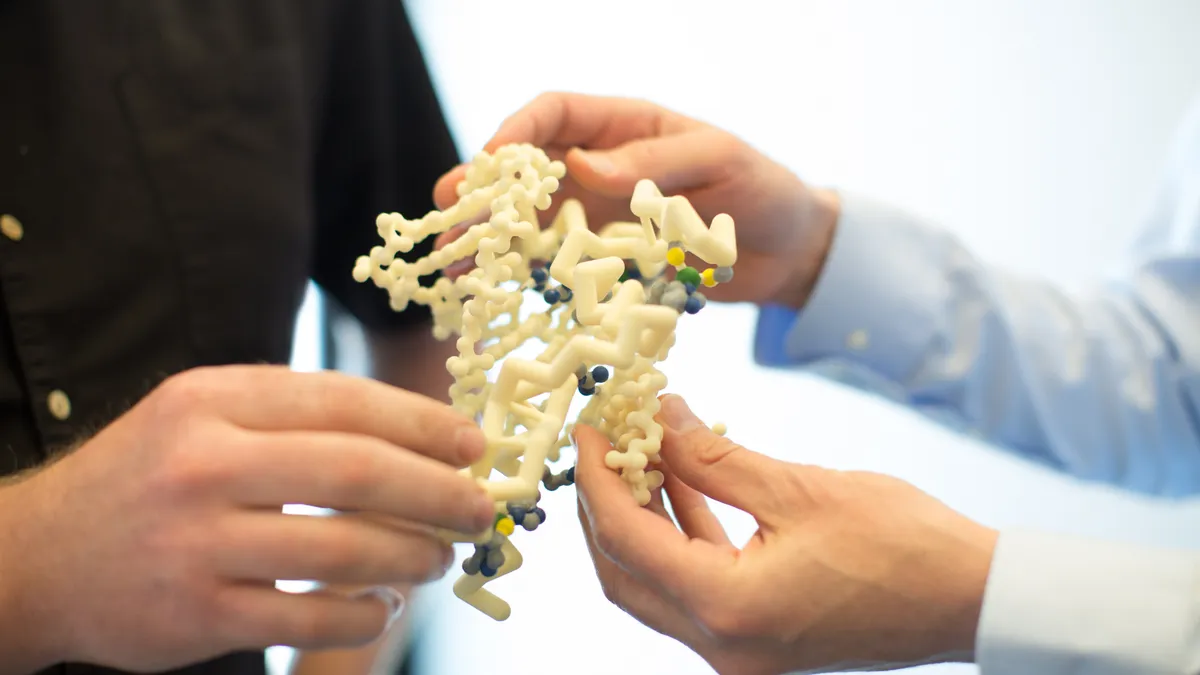Welcome to today’s Biotech Spotlight, a series featuring companies that are creating breakthrough technologies and products. Today, we’re looking at Galecto, which is using galectin proteins to modulate cells, addressing unmet needs in fibrotic-related diseases.
In focus with: Dr. Hans Schambye, CEO, Galecto Biotech
Galecto's vision: Galecto is using the galectin family of proteins that influence multiple biological targets to develop small molecule drugs for fibrosis, inflammation and cancer.
The clinical-stage biotech is focused on two areas of research — the galectin family of proteins and the LOXL2 enzyme — to understand how both influence multiple biological pathways common to the development of fibrosis. According to the company, galectin-3 has been “implicated in diseases of the lung, liver, eye and cardiovascular system,” among other hard-to-treat diseases where the development of tissue scarring, or fibrosis, and inflammation occur, leading to an association with various cancers.
The enzyme LOXL2 has been found to be key in the formation of a network outside the cell as fibrosis occurs. Additionally, LOXL2 has been associated with myelofibrosis and fibrotic diseases of the lung, liver and kidney.
Why it matters: “Galectin-3 is not a receptor, but an enzyme that has a clear role, a very specific role,” Schambye said. “These are proteins that bind to glycosylated proteins on the cell surface and then change the way that cells respond to their environment. So, it’s really one of nature’s ways for cells to modulate how they function in tissue and in organs. What has been learned over 20, 25, 30 years of research into galectins is the way that the cells respond to chronic injury, tumors or fibrosis. And when galectins get upregulated in these circumstances, the whole organ becomes fibrotic and it becomes easier for tumors to grow.”
Schambye said that Galecto’s approach can unlock the potential of galectins to reduce fibroid formation and improve the treatment of difficult tumors.
At a glance: With three compounds in the clinic, the company released positive results late last year from two of its ongoing clinical trials: a phase 1b/2a trial in decompensated liver cirrhosis and a phase 2a trial in myelofibrosis.
“We look forward to 2023, where we expect to announce top-line results from our phase 2b GALACTIC-1 trial in idiopathic pulmonary fibrosis (IPF) in mid-2023 and our phase 2a GALLANT-1 trial in non-small cell lung cancer (NSCLC) in the second half of 2023.” Schambye said.
Here, Schambye discusses the company’s unique technology, its priorities moving forward and predictions about how the biotech financing market could shake out.
This interview has been edited for brevity and style.
PHARMAVOICE: What role does galectin-3 play in the development of fibrosis?
DR. HANS SCHAMBYE: Fibrosis is typically a result of an injury or inflammation that then evolves into uncontrolled wound healing, if you will, which should have stopped but doesn’t. And therefore, you end up with the fibrotic tissue. There’s lots of evidence that galectin-3 plays a key role here because when it binds to cells like macrophages and fibroblasts it drives profibrotic activation. So other hormones like TGF-beta and a series of others are dependent on galectin-3 to activate the fibrotic cascade. We see galectin-3 as a master switch that decides whether a tissue should go fibrotic or should heal back into normal tissue.
What about LOXL2? How does that come into play?
LOXL2 is an enzyme that sits in the fibrotic tissue and cross-links collagen, and the center aspect of fibrosis is collagen that forms and becomes a tight band that the body has a very hard time breaking down. So LOXL2 is in the same pathway of galectin 3. It’s interlinked but it has a very specific role. We just presented data from our first clinical trial in patients with our LOXL2 inhibitor that showed a reduction in collagen fibrosis. We have a direct demonstration now in patients that by inhibiting this enzyme, there is less collagen in the tissue and the body can rebuild normal tissue instead of creating scar tissue.
"We see galectin-3 as a master switch that decides whether a tissue should go fibrotic or should heal back into normal tissue."

Dr. Hans Schambye
CEO, Galecto Biotech
The company is involved with fibrosis, liver disease and cancer, which feel very disparate. How do they tie together?
They all tie together around our targets because it’s become more and more evident that as cancer cells grow there is an interplay with the surrounding tissue, and the more fibrotic the surrounding tissue is, the better the cancer grows because it is shielded from the immune attack of the body, which also enables it to metastasize more easily. So, fibrosis happens in the cancer. Fibrosis also happens alone. The liver disease we’re looking at is very much fibrotic liver disease.
You have a number of products in phase 2. How do you decide where you’re going to put your resources?
One program is more advanced than the rest and that’s our IPF program where we’re running a large phase 2b. The core goal for next year is to deliver data from that study. So that definitely has the highest priority. But fortunately, we’ve raised enough money and we have built a team, it’s a small but very experienced team. We can take all of the programs forward, but (our) priority is on the IPF program.
We’re also running a program in non-small cell lung cancer. We are in the early stages of recruiting patients into the dose escalation part and then we’re looking forward to moving into the next part of that study. (We are) taking the myelofibrosis program forward, and then we are getting ready to start a new trial for the liver program. All this activity means we have a pretty filled calendar and lots of exciting things to do.
What are some of the most frequently asked questions from investors ?
Most investors are interested in our IPF program. They really see this as the lead and as the most important data in the next year — rightfully so. Their questions are typically centered around how confident we are that we’re going to be able to deliver on that program, and we are (confident) because we have completed recruitment. It’s a matter of getting the data into our hands and analyzing it once the last patient has the last visit, which happens in May. And then we obviously get questions about how our program is positioned in the overall field of IPF treatment.
The biotech sector has taken some hits in the last year or so. Looking into your crystal ball, what do you envision the financing environment looking like?
I wish I had a crystal ball. Of course, we can only hope that some more sanity will come into the world and into our sector. I think the fundamentals in our sector are still the same. Big Pharma has empty pipelines. They have lots of patent expiries and they have a lot of money. And right now, there’s a complete disconnect between the potential value of the pipelines of many biotech companies and then the price in the market. It’ll take some time to sort this out and figure out who are going to be winners, who has the good stories. I think we are good because we have three compounds in the clinic. We have clinical data from patient studies with all three that are very positive. So that sets us apart from most others. Right now, we are being lumped together with companies that don’t really have anything in the pipeline, but I believe that strong data will prevail and give us opportunities.
















